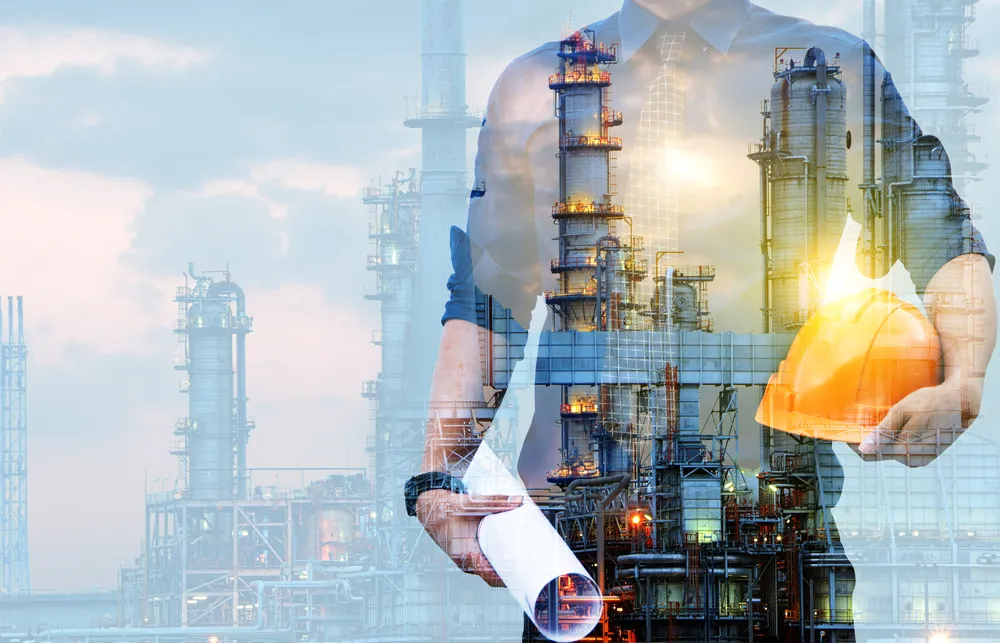Introduction:
The Principles, Applications, and Performance of Oil & Gas Pumps, Compressors, and Turbines Course demonstrates the critical role of rotating machinery, such as pumps, compressors, and turbines, in the process, petrochemical, and oil and gas industries. This course is designed to provide participants with foundational knowledge of liquid and gas systems, covering essential concepts such as pressure, head, capacity, flow rates, and friction head losses, while exploring their operational aspects.
Participants will study the core design features of centrifugal and positive-displacement pumps, as well as oil and gas compressors and turbines. They will learn about the various applications of these pumps within the oil and gas industry, gaining insights into their effective use under different operational conditions.
In the oil and gas industry, turbines are essential for power generation and mechanical drive applications. This module will detail the different types of oil and gas turbines, their design, and performance improvement techniques. Understanding these details is vital for enhancing the overall efficiency and reliability of operations.
Objectives:
By the end of the Principles, Applications, and Performance of Oil & Gas Pumps, Compressors, and Turbines Course, participants will be able to:
- Understand key fluid principles and terminology related to various classifications of pumps in the oil and gas sector.
- Describe the construction and functionality of centrifugal and positive displacement pumps, compressors, and their associated components.
- Utilize pump performance curves and assess pumping system requirements, considering factors that affect system operation.
- Operate pumps and compressors efficiently in alignment with design specifications.
- Identify various turbine types and their key components.
- Explain the functioning, design, and main parts of turbines.
- Troubleshoot issues within pump, compressor, and turbine systems.
- Implement strategic approaches for the selection, operation, and maintenance of these systems.
Training Methodology:
- Interactive Lectures
- Group Discussions
- Hands-on Workshops
- Case Studies
- Simulation Exercises
- Knowledge Assessments and Quizzes
Course Outline:
Unit 1: Introduction and Fluid Laws
- Basic concepts of pumps, compressors, and turbines.
- Understanding fundamental liquid and gas laws.
- Definition and implications of head.
- Types of flow and flow losses.
- Introduction to Net Positive Suction Head (NPSH).
Unit 2: Pumping Systems, Pump Performance, and Pump Type Construction
- Classification of pump types with a focus on centrifugal and positive displacement pumps.
- Key aspects: head, capacity, power, efficiency, and NPSH.
- Analysis of pump and system curves.
- Study of positive displacement pumps: reciprocating and rotary.
- Design and development of dynamic pumps: centrifugal, axial, and multistage.
- Internal inspection of workshops focusing on mechanical assembly of spraying devices and sealing components.
Unit 3: Compressor Construction, Types, Characteristics, and Performance
- Overview of reciprocating and diaphragm positive displacement compressors, including various models.
- Structures of rotary compressors: screw, lobe type, sliding vane, and liquid ring.
- Analysis of dynamic compressors: centrifugal and axial.
- Operational principles and performance characteristics of gas compression.
- Understanding surge and choking in oil and gas compressors.
Unit 4: Turbine Types, Construction, and Performance
- Types of turbines: gas and steam turbines.
- Overview of turbine operating modes.
- Key components: nozzle, stator, rotor, and their arrangements.
- Working cycle of gas turbine engines and pressure-volume diagram interpretation.
- Discussion of turbine stages.
Unit 5: Troubleshooting & Maintenance
- Techniques for analyzing potential failure causes.
- Troubleshooting procedures for common equipment faults.
- Establishing measures for scheduled maintenance.
- Understanding vibrations due to imbalance, misalignment, and bearing or gear failures.
- Investigation of cavitation phenomena.
- Water hammer: factors causing it and methods for mitigation.


















